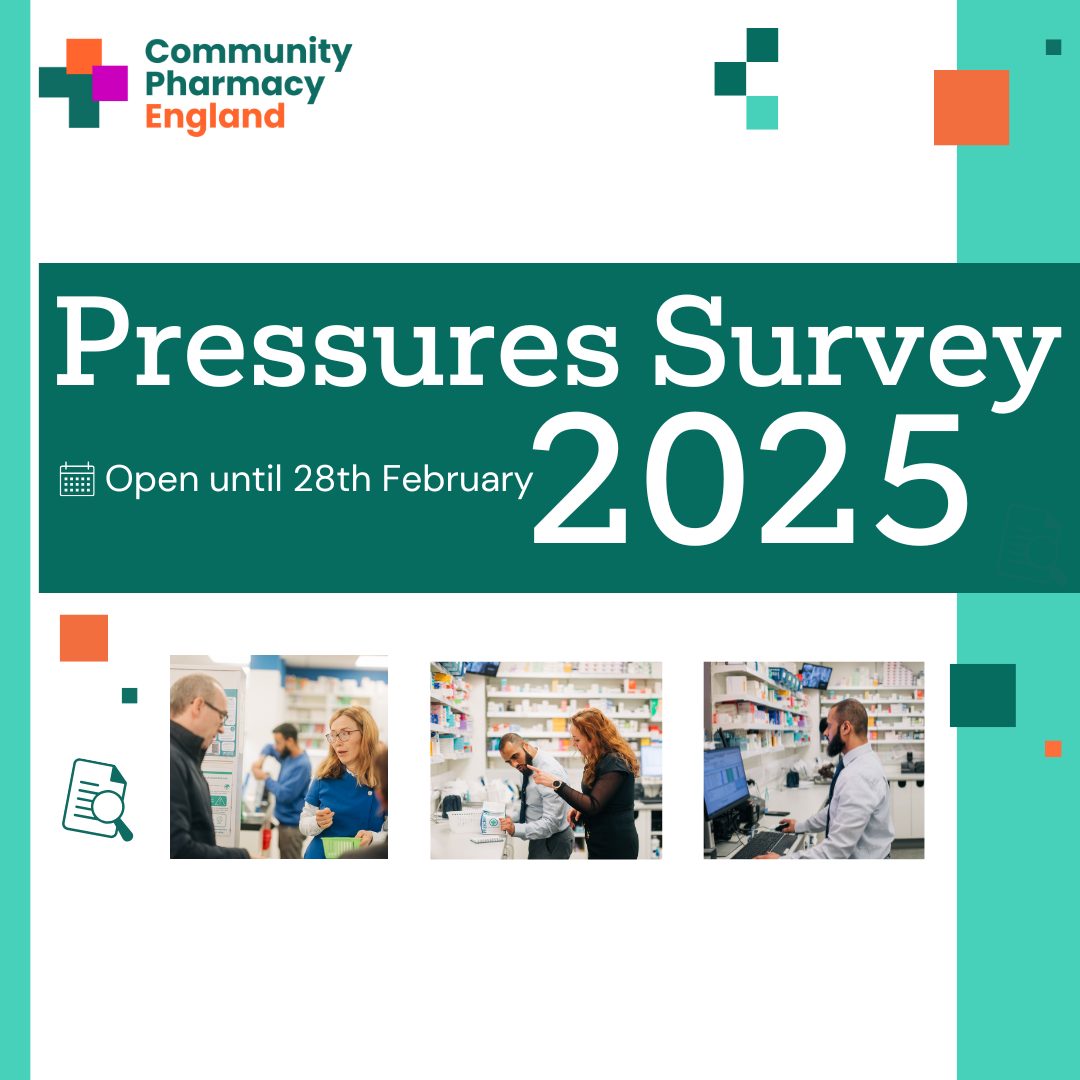2022 Workforce survey results published
The results of the 2022 Community Pharmacy Workforce Survey have been published by NHS England.
The survey, which will be repeated in the autumn, is intended to build a picture of the community pharmacy workforce, developing and strengthening the information available to support workforce planning.
The data will also help NHS England and stakeholders to make the case for future investment in education and training for the sector.
The results provide a snapshot of the community pharmacy workforce in autumn 2022, when 95% of pharmacy owners submitted information on their workforce.
The key findings include:
- The reported numbers for the total workforce (Full-Time Equivalents (FTE)) have reduced 6% in total (from 2021).
- The overall number of pharmacists remains almost constant (compared to 2021 data), but FTE figures indicate a decline in employed pharmacists (15%) and an expansion in use of locum pharmacists (26%).
- The number of pharmacy technicians indicates a reduction (compared to 2021 data).
- For all roles, there is an increase in the vacancy rate; 20% for pharmacy technicians, 16% for pharmacists and 9% for dispensing assistants.
- There is a 37% increase in the reported number of Independent Prescribers, up by 422.
NHS England say the data is also informing their ongoing review of the Additional Roles Reimbursement Scheme (ARRS).
Read the NHS England key findings presentation
Access the survey data on data.gov.uk
Community Pharmacy England’s view of the survey results
The survey data fits with the findings of our latest Pharmacy Pressures Survey, with 76% of pharmacy team members saying their pharmacies were experiencing staff shortages and 19% of pharmacy owners reporting that their pharmacy had been required to close temporarily because of these.
Our survey also found 71% of pharmacy businesses are experiencing shortages of pharmacists, and 73% are experiencing shortages of other staff. Difficulties covering staffing or locum costs were the most significant driver of staff shortages, with 77% of pharmacy owner/head office respondents citing this reason. This has increased from 51% in the previous Pressures Survey.
Staff shortages inevitably lead to increased pressures on pharmacy teams. 98% of pharmacy team members said that staff shortages had resulted in increased pressure on staff, 86% reported it leading to increased waiting times for patients, and 68% said they resulted in increased working hours for staff.
Commenting on the publication of the survey results, Alastair Buxton, Director of NHS Services at Community Pharmacy England said:
“The new data confirms the worrying reduction in the overall workforce and increase in vacancy rates that our Pharmacy Pressures Survey indicated earlier this year. It demonstrates just how hard the workforce and funding crisis has been hitting pharmacy owners. Similarly, the impact on pharmacy teams continues to be very significant, adding to their already pressured workload.
“These results, along with the collection of this year’s data in the autumn, will provide a solid dataset to support more workforce planning by the NHS alongside delivering on the other commitments made in their recent NHS Long Term Workforce Plan.
“Community pharmacy wants to do more, but for this to happen there needs to be a stable, long-term sustainable funding commitment that will enable pharmacies to invest for the future, particularly in their staffing.”








